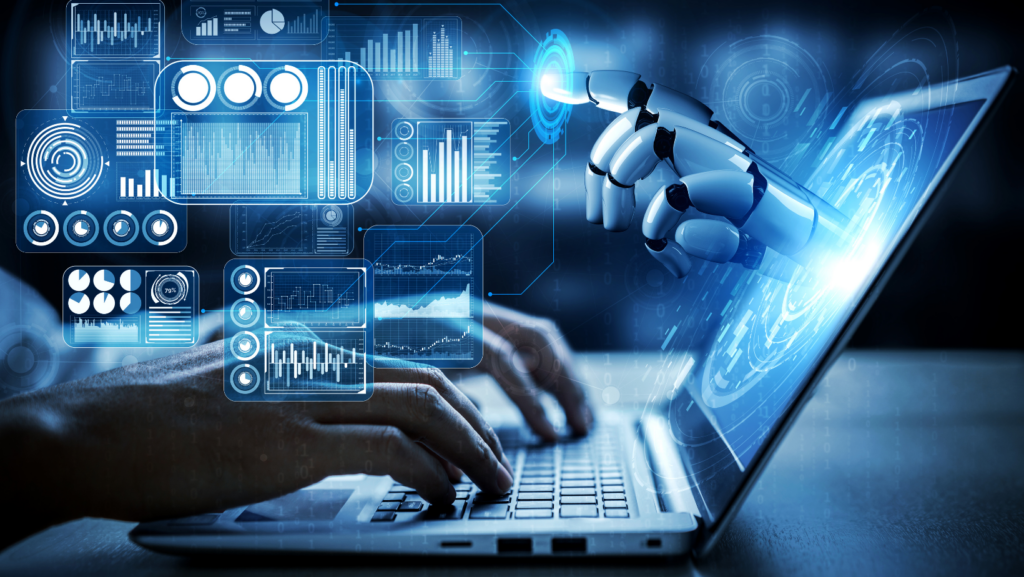In the grand tapestry of human history, there are chapters that remain elusive, shrouded in mystery, and whispered about in hushed tones. These are the stories of ancient and lost cultures, civilizations that have faded into the sands of time, leaving behind enigmatic artifacts and inscriptions. For centuries, the quest to decode these riddles from the past has captured the imagination of archaeologists, historians, and adventurers alike. Now, with the advent of Artificial Intelligence (AI), we find ourselves on the brink of a new era in uncovering the secrets of yesteryears.
One of the most fascinating challenges in deciphering ancient cultures lies in the languages and scripts that have long ceased to be spoken or understood. Think about the hieroglyphs of the Egyptians or the Indus Valley script – these scripts have taunted us for generations, their meanings locked away like precious gems in a vault. Traditionally, decipherment required a blend of linguistic expertise, historical context, and a sprinkle of luck. But now, AI is stepping in as the ultimate linguistic Rosetta Stone.
Picture this: a database brimming with ancient texts, each word meticulously scanned, digitized, and stored. AI algorithms, endowed with the power to recognize patterns, pore over these inscriptions, learning the subtleties of syntax and semantics. The magic of machine learning takes hold as the algorithms identify connections between known languages and the unknown scripts. Just as the Rosetta Stone – the ancient decree inscribed in Greek and Egyptian hieroglyphs – unlocked the mysteries of Egyptian writing, AI serves as a modern-day Rosetta Stone, enabling us to bridge the gap between past and present.
Deciphering ancient languages isn’t solely about learning grammar and vocabulary. It’s about understanding the context – the heartbeat of a civilization. Enter contextual analysis, an area where AI shines brightly. These algorithms don’t just see words; they perceive relationships, historical contexts, and cultural nuances. By processing vast amounts of archaeological and historical data alongside the linguistic material, AI discerns meanings that human experts might overlook.
Consider the Indus Valley Civilization – a marvel of urban planning that thrived around 3300 to 1300 BCE. Its script has baffled scholars for decades. Without a modern equivalent for comparison, decipherment was a monumental challenge. AI, however, works its magic by detecting patterns across inscriptions, potentially identifying repeated symbols that represent common words. By cross-referencing these patterns with archaeological findings, AI can propose meaningful interpretations. Suddenly, what was once an enigma becomes a puzzle with edges that finally fit.
Beyond the linguistic riddles, AI plays a pivotal role in piecing together the broader historical puzzle. Imagine sifting through ancient artifacts, pottery, and fragments of scrolls scattered across the world’s museums. Human experts can only do so much. But AI, driven by its ability to recognize shapes, colors, and textures, transforms these fragments into a digital jigsaw puzzle. By matching the pieces digitally, it reconstructs artifacts, revealing intricate details that were lost to time. This isn’t just about aesthetics; it’s about understanding the daily lives, beliefs, and customs of civilizations long gone.
Yet, as we celebrate AI’s potential in decoding history’s enigmas, we must tread carefully. The ethical implications of using AI in archaeology are profound. The AI-powered hunt for hidden truths could inadvertently lead to cultural appropriation, especially when dealing with indigenous or marginalized communities. Respect for the living descendants of these ancient cultures must guide our actions. Collaborative efforts, involving local communities, historians, and AI experts, can ensure that the past is unveiled with sensitivity and reverence.
As we peer into the future, the partnership between AI and archaeology grows even more promising. Imagine AI-guided virtual reality tours through ancient cities, or chatbots that engage in conversations as if you were speaking to an ancient philosopher. These innovations may sound like science fiction, but they’re increasingly becoming reality.
AI’s role in deciphering ancient and lost cultures isn’t just about solving mysteries. It’s about connecting the threads of humanity’s shared story. In the end, we don’t just learn about the past; we learn about ourselves – our capacity to create, to adapt, and to leave an indelible mark on the annals of time.
As the sun sets on today’s endeavors, it rises on a new chapter in archaeology. AI, the technology of tomorrow, is the torchbearer that illuminates the secrets of yesterday. The indelible partnership between human curiosity and machine intelligence has the potential to rewrite history books and rewrite our understanding of what it means to be human. So, let’s embark on this journey with humility, respect, and an insatiable hunger for knowledge – the kind of knowledge that transcends time itself.
Author: Ελένη Καπάρου


